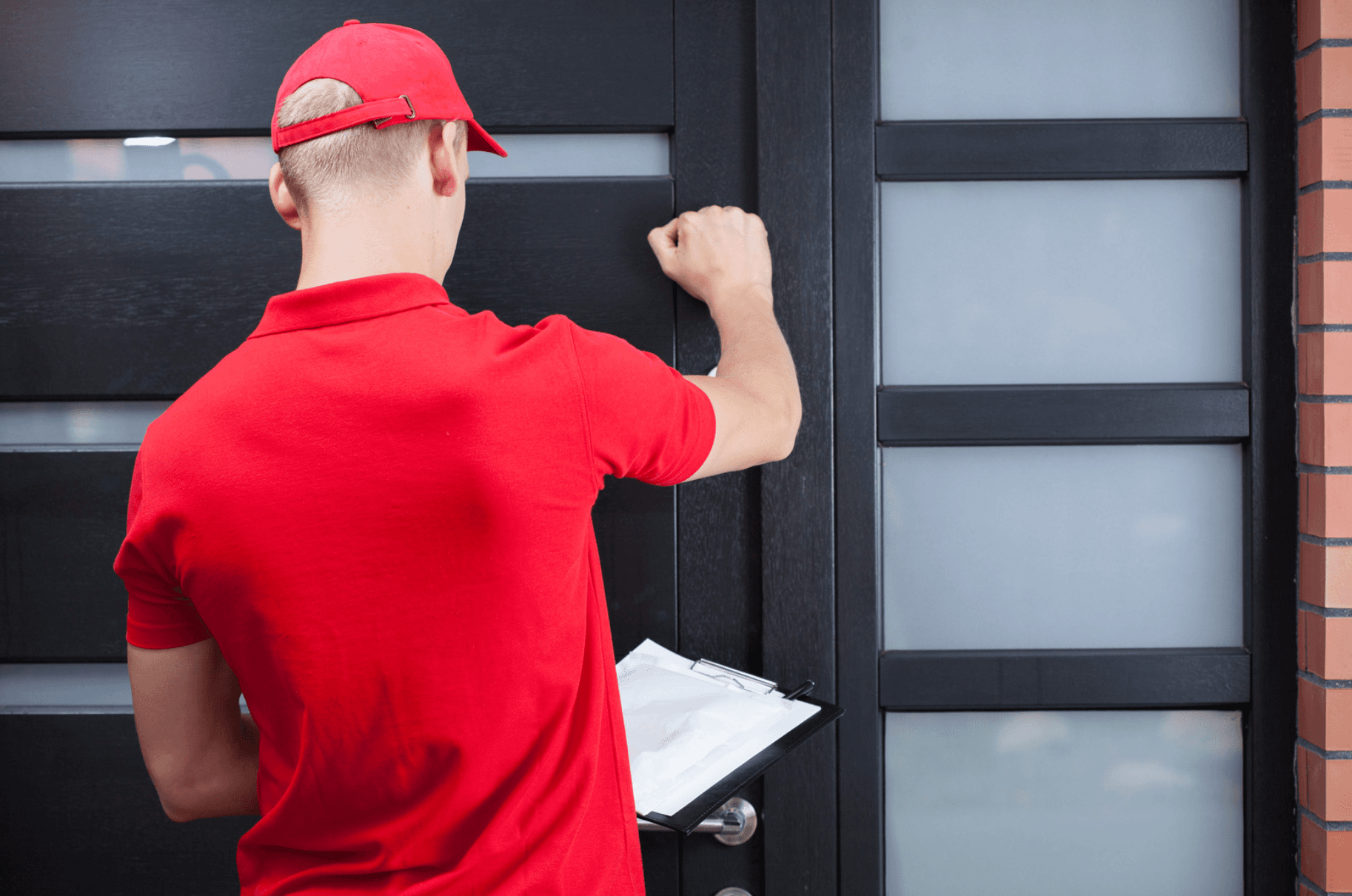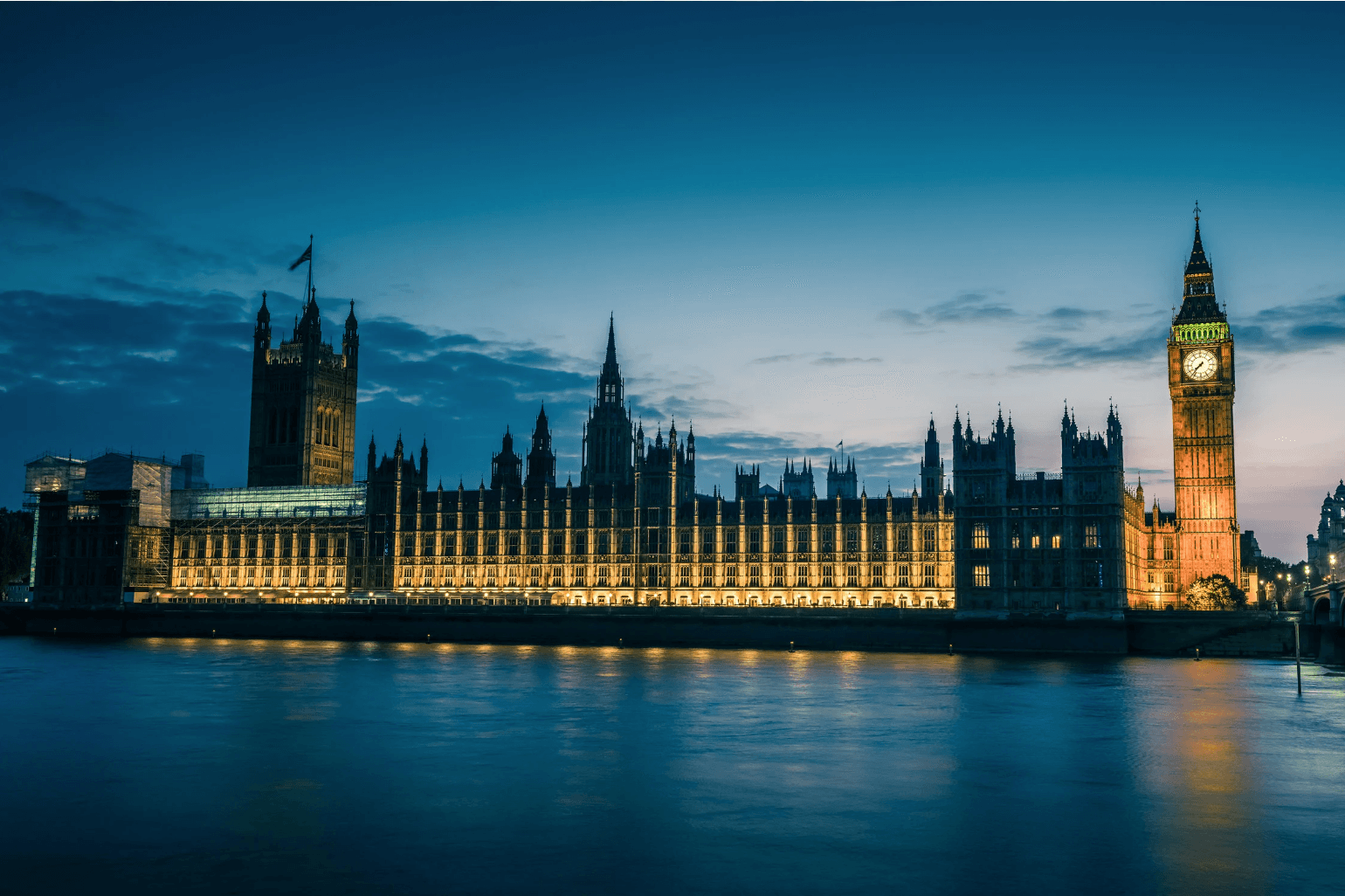
Awaab’s Law and the Government’s commitment to improving social housing – an update
7th February 2025
On 6th February 2025, Angela Rayner MP, Deputy Prime Minister and Secretary of State for Housing, Communities and Local Government provided a statement regarding the government’s commitment to improving social housing safety and quality, particularly addressing issues around damp, mould and hazards in homes. It acknowledges that while many social housing landlords provide safe, decent homes, there are still serious issues with maintenance and tenant satisfaction that need to be addressed.
Key points of the statement included:
Awaab’s Law:
Named after Awaab Ishak, who tragically died due to mould exposure in social housing, Awaab’s Law provides set timelines for social housing landlords to investigate and fix hazards within their homes, such as damp and mould. It will also allow tenants to access the Housing Ombudsman if landlords fail to act.
Over 1,000 responses were received during the consultation on Awaab’s Law from various stakeholders, including social housing landlords, tenants, industry experts, and the public.
The government’s full response to the consultation alongside further detail on Awaab’s Law and guidance to support implementation is still awaited however, within her statement, The Rt. Hon. Angela Rayner advises that the government will bring Awaab’s Law into force for the rented social sector from October 2025. The statement further advises that the government intend on acting quickly to bring all relevant hazards within the scope of new legal requirements but will ensure the implementation will be through a phased approach. The proposed phasing will be as follows:
-
October 2025 – social housing landlords will be required to address damp and mould hazards that present a significant risk of harm, within fixed timescales.
-
October 2025 – landlords will have to address any emergency repairs whether they relate to damp and mould or any other emergency repair within no longer than 24 hours.
-
2026 – requirements will expand to apply to a wider range of hazards beyond damp and mould. It is expected this will include excess cold and excess heat, falls, structural collapse, fire, electrical and explosions and hygiene hazards.
-
2027 – the requirements of Awaab’s Law will expand to apply to remaining hazards as defined by HHSRS (excluding overcrowding).
Proposed further reforms in the sector
The Rt. Hom. Angela Rayner went on to reiterate the government’s commitment to ensuring every social housing tenant lives in a decent, safe and secure home.
Since April 2024, a new consumer regulatory regime has been in force for social housing which proactively seeks assurances that social housing landlords are meeting the outcomes set by consumer standards.
In the coming months, the government has said they will:
-
Consult on a new Decent Homes Standard and minimum energy efficiency standard, to ensure tenant’s homes are made safe, warm and free from disrepair;
-
Legislate to require social housing landlords to carry out electrical safety checks at least every 5 years, as well as mandatory applicant inspections on all electrical appliances that are provided by the landlord;
-
Introduce new access to information requirements for private register providers, so tenants can request information about the management of their homes, to support them in holding their landlords to account; and
-
Set new standards for competence and conduct of staff, to ensure tenants are treated with dignity and support.
What does this mean for social housing landlords?
Landlords should now be:
- Assessing whether the repairs/assets team have the capacity to meet the timescales proposed. If not, the organisation will need to plan so it will be able to cope with the expected new laws, once implemented.
- Reviewing whether the organisation’s recording keeping is adequate. Most Social Housing Providers started this review following the Housing Ombudsman’s KIM spotlight report, but this will now need to be reassessed in the light of the proposals.
- Assessing whether the organisation has sufficiently skilled members of staff that can appropriately deal with repairs and decants where required.
- Reviewing the organisations decant capacity and process. If a customer has to move out urgently, does the organisation have accommodation available?
- Reviewing any access processes that the organisation has - will it comply with the proposals within the consultation?
- Reviewing training for all staff. Do the organisation’s staff know what the 29 HHSRS Hazards are? Do they understand the repairing obligations?
- Reviewing its out of hours (weekend) repairs capacity, as the timescales proposed are calendar days, not working days









